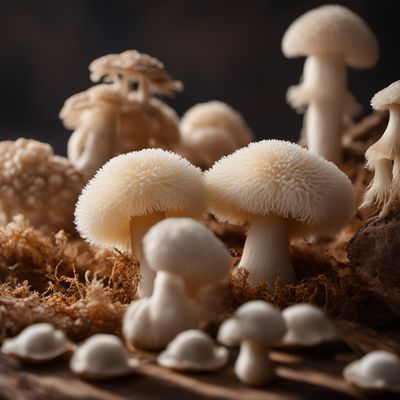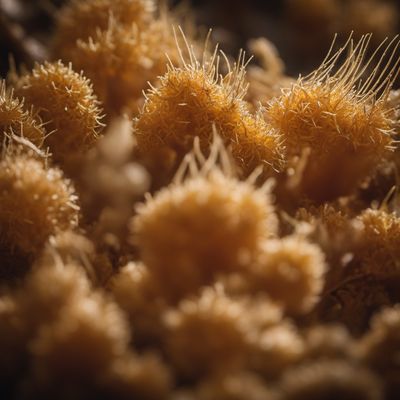
Ingredient
Jew's ears
Nature's Edible Fungi: Unveiling the Secrets of Jew's Ears
Jew's Ears are small, thin, and rubbery mushrooms with a distinctive ear-like shape, ranging in color from dark brown to black. They have a slightly crunchy texture and a mild, earthy flavor that intensifies when cooked. Due to their gelatinous nature, they absorb the flavors of the dishes they are cooked in, making them a popular choice in soups, stir-fries, and salads.
Origins and history
Jew's Ears have a long history in Asian culinary traditions, particularly in Chinese cuisine. They are believed to have originated in China and have been used for centuries in traditional medicine for their supposed health benefits. In Chinese culture, they are associated with good luck and prosperity, often used in festive dishes during celebrations.
Nutritional information
Jew's Ears are low in calories and fat, making them a healthy addition to meals. They are a good source of fiber, iron, and vitamin D.
Allergens
Jew's Ears are generally considered safe for consumption and are not known to cause allergies. However, individuals with mushroom allergies should exercise caution.
How to select
When selecting Jew's Ears, look for mushrooms that are fresh, plump, and free from any signs of decay or discoloration. They should have a firm texture and a slightly shiny appearance. Avoid mushrooms that are overly dry or have a strong odor.
Storage recommendations
To maintain the freshness of Jew's Ears, store them in a paper bag or a loosely sealed container in the refrigerator. They can last for up to a week when properly stored.
How to produce
Jew's Ears can be challenging to cultivate at home due to their specific growing requirements. However, adventurous gardeners can attempt to grow them on logs or stumps in a shaded and humid environment.
Preparation tips
Before using Jew's Ears, rinse them under cold water to remove any dirt or debris. Soak them in warm water for about 15 minutes to rehydrate and soften. Trim off any tough stems before incorporating them into your dishes. They can be stir-fried, added to soups, or used in salads for their unique texture and flavor-absorbing properties.
Culinary uses
Jew's Ears are commonly used in Asian dishes such as hot and sour soup, stir-fried vegetables, and braised dishes. They add a delightful chewiness and absorb the flavors of the dish, enhancing the overall taste and texture.
Availability
Jew's Ears are commonly available in Asian markets and specialty grocery stores. They are also cultivated in China, Japan, and other Asian countries.
More ingredients from this category » Browse all

Other cultivated fungi
Exquisite Edible Fungi

Pom-pom blancs
The Delicate Delight: Exploring the World of Pom-pom Blancs

Horse mushrooms
The Majestic Fungi of the Earth

Shiitake
The Mighty Shiitake

Enokitake
The Delicate Beauty of Enokitake Mushrooms

Fusarium venenatum
The Fungal Protein: Fusarium Venenatum

Pleurotus
The Versatile Oyster Mushroom

Shimeji
The Delicate Mushroom: Shimeji

Common mushrooms
The Versatile Fungi

Paddy straw mushroom
The Golden Fungi

Nameko
The Versatile Mushroom

Snow mushrooms
The Delicate Beauties of the Forest